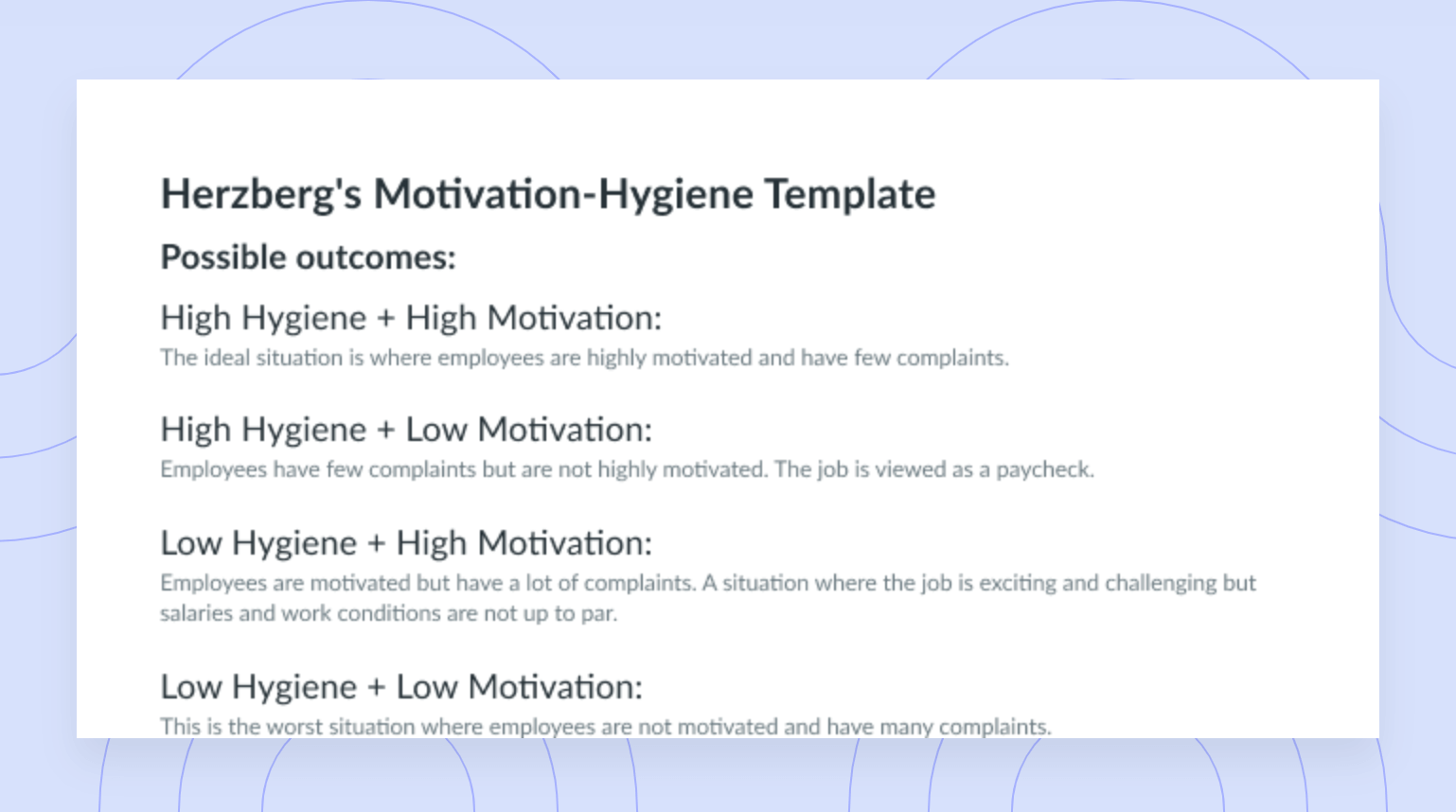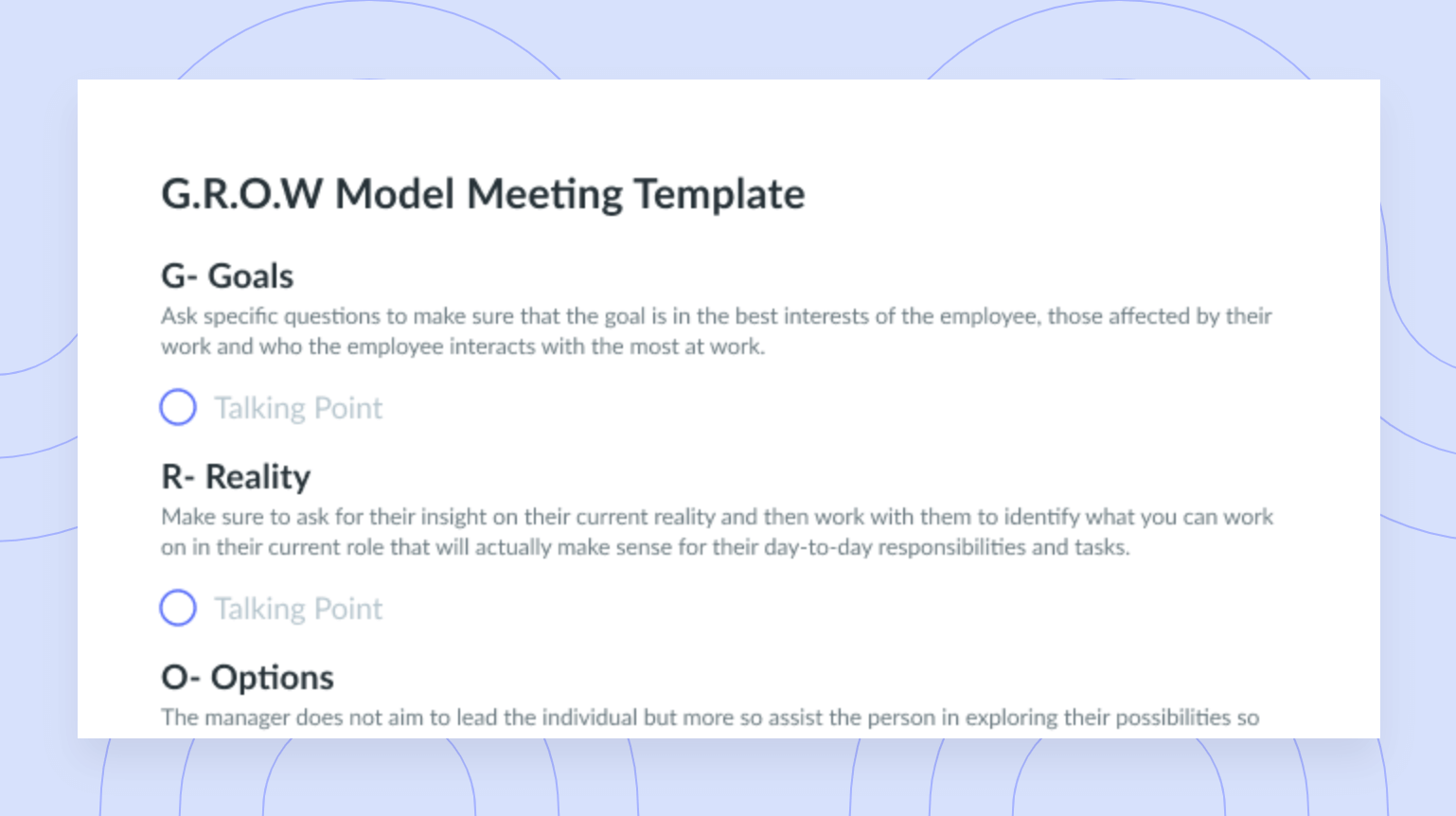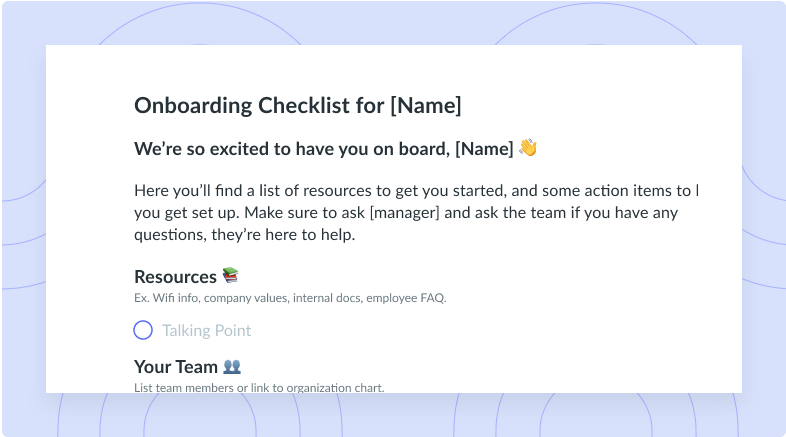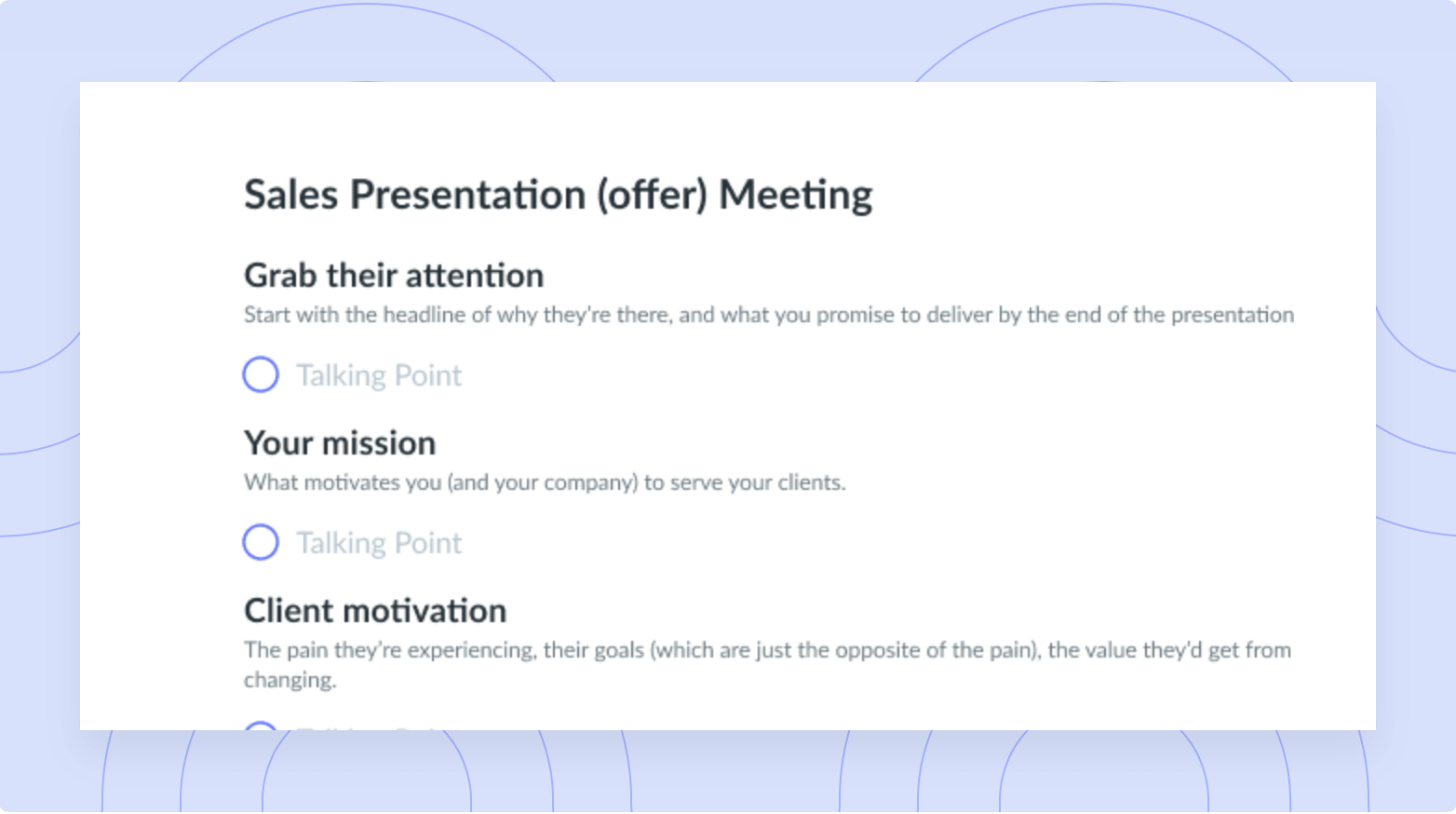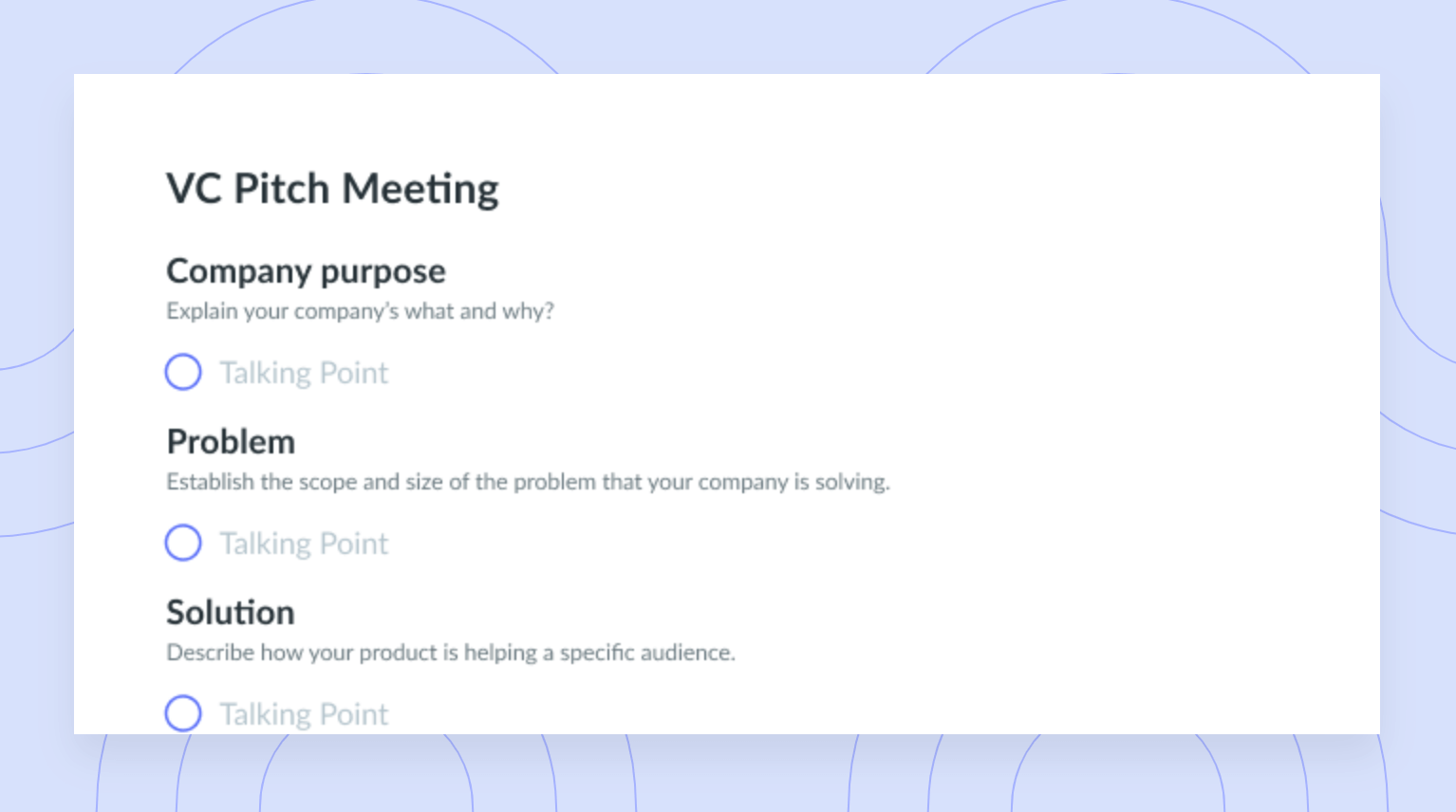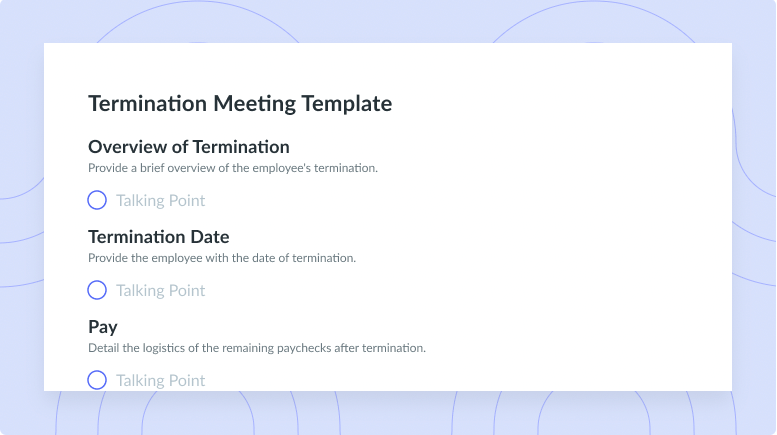A Guide to Creating Great Employee Value Propositions
Understanding employee value propositions (EVPs) helps leaders hire, retain, and grow great talent! Learn all about EVPs here.
The state of hiring right now is wild. With employees and employers both having access to way more information and improved communication thanks to virtual channels, it’s seemingly easier than ever to make decisions about which candidate to proceed with or which job to accept. However, there are also tons of organizations hiring at the same time, a faster rotation of jobs, and new types of roles being created as new skills and technologies develop. As a leader, how can you sort through this chaos to find and retain a great talent pool that’s well-aligned with your company? The answer is in employee value propositions!
- What is an employee value proposition (EVP)?
- The benefits of EVPs
- 6 ways to create effective EVPs
- EVP example
What is an employee value proposition (EVP)?
Employee value propositions (EVPs) are the core features of a given company, from the perspective of a current or future hire. The purpose of understanding and promoting your organization’s EVPs is to help team members understand if your company aligns well with their career goals and ideal workplace environments. There are five fundamental components in any EVP, including:
- Compensation. How and how much will they earn for a set amount of work?
- Benefits. Beyond monetary compensation, what other benefits will the organization provide for the employee?
- Stability. What is the expected length of employment and growth rate of the company?
- Respect. How can the employee ensure they will be respected while working at the company?
- Location. Where is the role based, and is there any flexibility in the location?

Managing a team?
Take control of your team meetings by having collaborative meeting notes and encouraging accountability with action items. Try a tool like Fellow!

The benefits of EVPs
Increase engagement
When employees have a great understanding of the value propositions the company has built for them, they’re much more likely to feel connected to and aligned with those goals. Building confidence through respect, fair compensation, and stability also empowers employees to take more initiative in innovating new processes or products. In turn, teams will be more productive, be more excited about the work they’re doing, and feel invested in long-term ideas.
Improve transparency
For leaders, being transparent is an important skill that will help with building trust amongst your team. By setting clear expectations for each role, you’re fostering an environment where your employees can also openly talk about their expectations, challenges, and constructive feedback. This is important to continuously improve your team’s abilities and working conditions. When everyone in the team feels safe to be transparent and honest, this helps the team feel more aligned, solve problems much faster, and be more likely to earn success in its projects.
Save costs
Companies with bad reputations from their employees actually have to pay 10% more per hire! If your team members don’t know the scope of their roles, they’re much more likely to prioritize the wrong thing or aimlessly work on projects that aren’t purposeful and valuable to the organization (or just plain-out quit their job). A smart way to cut costs for your company is to make sure your employees understand their purpose so they can aim all work towards those common goals. To implement this, try setting up a collaborative meeting agenda ahead of each call that outlines the purpose of the meeting and the goals you want to achieve in that time. This will also promote accountability to ensure that nothing falls through the cracks. In fact, 84% of C-Levels agree or strongly agree that Fellow increases accountability!
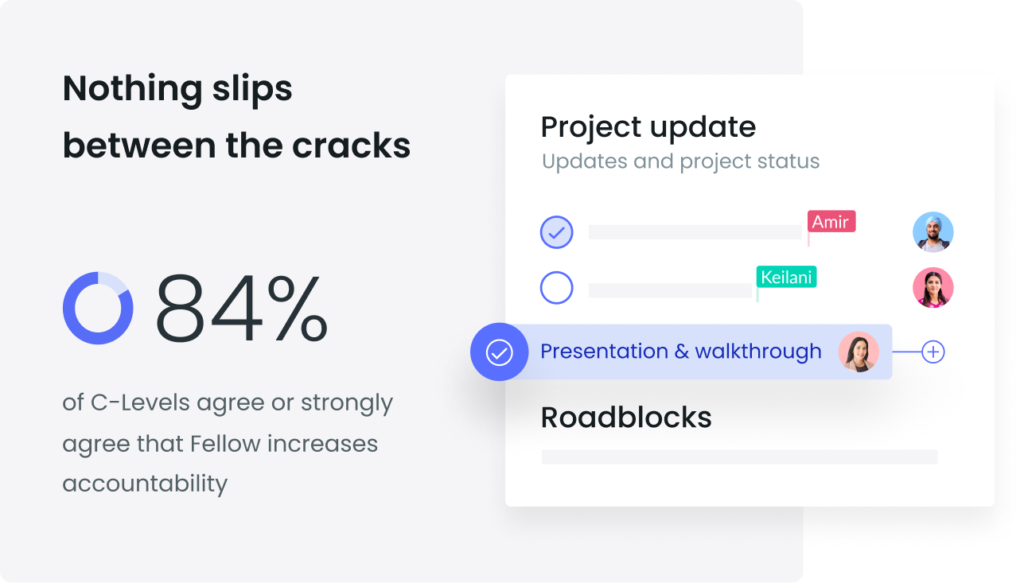
Foster organizational growth
Happy employees stick around and grow with the organization. This retention allows managers to build efficient processes to grow faster, without worrying about high onboarding and transition costs. According to Gallup, younger generations value career growth and are willing to put time and effort into their job, provided it meets a few key needs such as:
- The ability to put their top skills to use
- A strong work-life balance
- Compensation increases over time
- A positive in-market company reputation
- Stability and job security
Retain high-performing employees
High-performing employees rely on targets and clear guidelines for success to help them achieve their goals. By creating EVPs, you set a mutual standard of agreement regarding what the company will provide and, in turn, what is expected from the employee. Your top performers will love having this communication laid out in writing so they can reference it as they grow within the company!
6 ways to create effective EVPs
- Establish clear goals
- Set realistic expectations
- Foster career growth
- Encourage knowledge sharing
- Promote work-life balance
- Empower team members
1Establish clear goals
Goal setting is a great way to ensure that everyone has similar expectations. This works well for the overall employee experience for the company, as well as individual career milestones for each employee. Record your objectives in a shared notes area with your team or employee so that everyone can view the goals and progress anytime. On a regular basis—typically weekly or bi-weekly—you should review the goals together in a one-on-one or team meeting to make sure you’re on track.
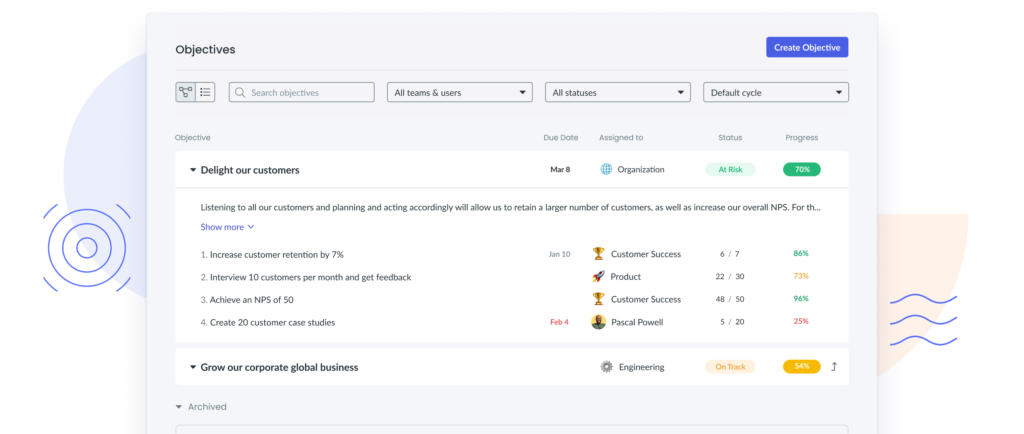
2Set realistic expectations
Part of great goal planning is ensuring that objectives are realistic. This means that they can actually be met considering the starting point, time frame, skill sets, and resource levels available to support them. For example, if you’re a new startup, it’s best to be honest with new hires that growth goals are still uncertain as most products and processes are fairly new. But what you can do is offer some ways that the company is working towards growth goals, to provide some concrete and realistic expectations around what the effort level will be. All of these shared expectations should be documented in a common space.
3Foster career growth
Career growth goals look different for every employee, depending on their education, experience, and skills. As a leader, what you can do to support any employee is to create a template that works for anyone, regardless of their goals. Having support for career growth goals is necessary for employees to envision a long-term stay at your company. It also encourages them to build relationships with peers, become mentors to new hires, or take on more challenging projects for professional development!
4Encourage knowledge sharing
Respect can be built in a lot of ways, and one of those is through seeing your colleagues’ perspectives. Different team members have unique ways of working and insights on projects, based on their prior experience. Encouraging continuous feedback and knowledge sharing allows your employees to understand the perspective of another team member. Also, try and encourage knowledge sharing across departments that wouldn’t normally interact—it goes a long way toward helping employees see the value that other teams contribute to the overall organization!
5Promote work-life balance
Work-life balance is probably one of the most important value propositions that employees look for in a new role. Some simple ways that work-life balance can be achieved are through:
- Encouraging employees to take their full lunch breaks
- Being a role model by taking paid time off (PTO) regularly (and encouraging your team to do the same!)
- Not asking employees to answer work-related messages after hours
- Allowing flexibility in start and end times to accommodate personal needs
- Providing time for appointments, wellness breaks, and family commitments
6Empower team members
The most powerful organizations are backed by well-aligned and motivated team members. There are plenty of ways that you can go about creating this, but the most important factor is consistency! From the employee’s perspective, your efforts to motivate them must be realistic, backed by some form of shared documentation, incentivizing, and consistent over the long term. This shows your team that you’re committed to empowering them throughout your employee’s entire growth journey, not just for a one-time PR stunt.
EVP example
Bi-annual performance reviews based on a standardized framework are an example of an EVP that works to ensure job security, respect for the employee, and career growth support. At a company-wide level, you can consider implementing a standardized performance review framework that measures all employees on things like their level of contribution to their direct team or their engagement in social events. Then, managers on the department level can create career advancement opportunities based on the team’s function and needs. The frameworks should grant compensation increases and promotions based on performance improvements. Having this review done bi-annually provides enough time between assessments for employees to demonstrate improvements. It’s also frequent enough to keep teams motivated without feeling like they’re being assessed too often (or micromanaged).
Parting advice
Employee value propositions aren’t new, but they’re certainly not being used enough in the right way. Organizations that can identify, promote, and continuously act on their EVPs are much more likely to attract and retain great talent—therefore allowing them to stand out in a competitive hiring market! A very important factor in building EVPs is documenting them in a common place for everyone to see. Try a tool like Fellow that allows everyone to see and provide feedback on your EVPs, which even goes a step further in fostering transparency and respect!





![Sprint Planning Meeting Guide [+ Free Template]](https://fellow.app/wp-content/uploads/2020/12/Sprint-Planning-Team.jpg)



